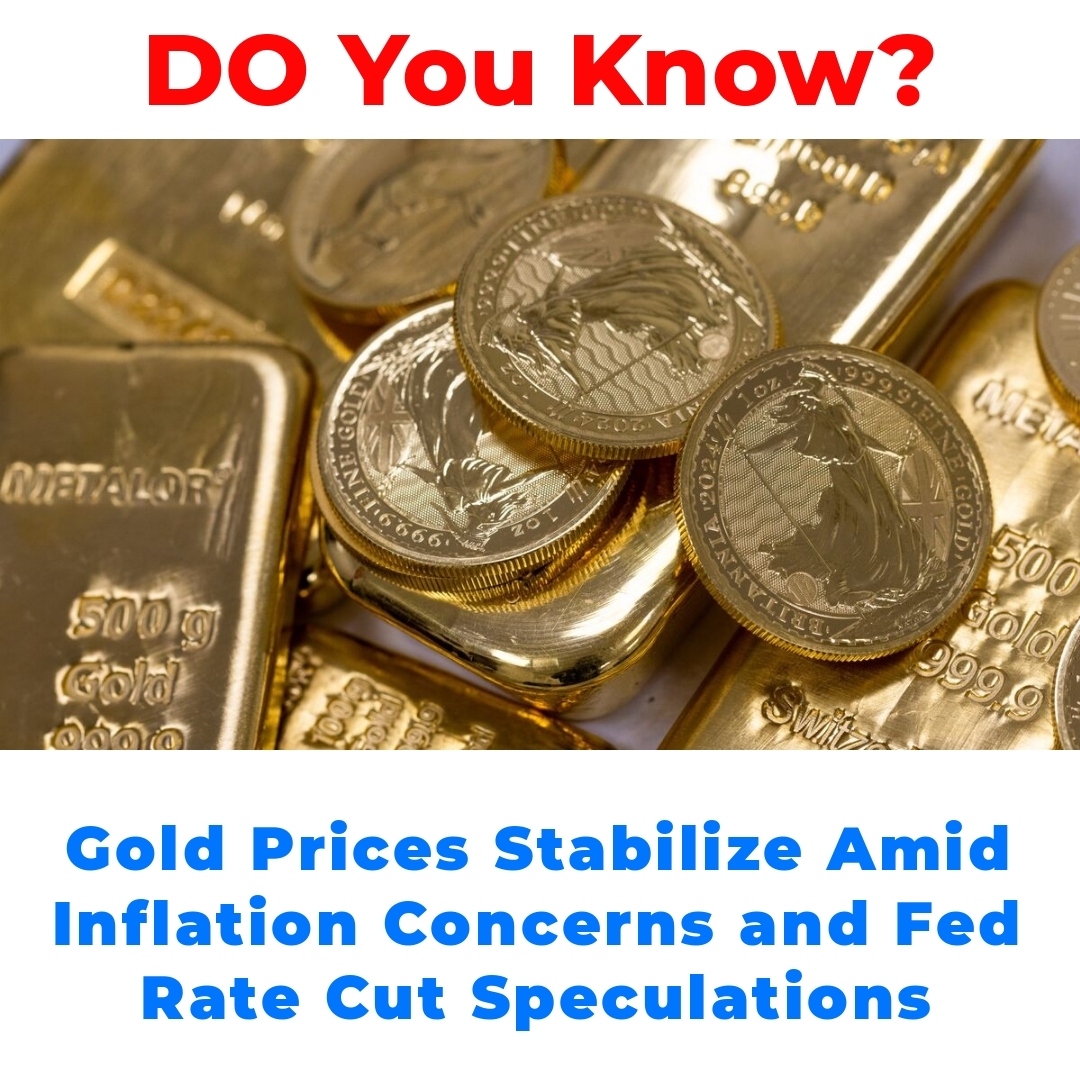Recent fluctuations in gold prices have captured the attention of investors, emphasizing the need to grasp how various economic factors influence this precious metal. Understanding these dynamics, especially in light of the recent decline in gold prices, is crucial for making informed investment decisions. This article delves into significant influences such as Federal Reserve interest rates, inflation, and labor market trends, illustrating their impact on gold prices.


Understanding Gold Prices Amid Economic Shifts
Recent trends in gold prices have shown a notable decline, raising questions for investors about the underlying economic conditions. This drop could mean different things for different investors, and it emphasizes the importance of understanding how several economic indicators affect gold prices.
The Effects of Federal Reserve Interest Rates on Gold Prices
When it comes to gold prices, one major player is the Federal Reserve interest rates. Typically, there’s an inverse relationship between interest rates and gold prices. As Federal Reserve interest rates rise, gold prices often feel the pressure and decline. This is largely because higher interest rates increase the opportunity cost of holding non-yielding assets like gold.
Interest Rate Cut Expectations
Currently, many analysts are expecting the Federal Reserve to announce interest rate cuts in the coming month. Such a move could uplift gold prices, as lower interest rates decrease the opportunity cost of holding gold, making it more attractive to investors. If the Fed acts on these expectations, we could see a reversal in the recent downward trend of gold prices.
Inflation’s Impact on Gold Prices
Inflation plays a significant role in dictating gold prices. Generally, as inflation rises, the appeal of gold grows, as it’s often viewed as a hedge against inflation. Recent inflation trends indicate growing price pressures in various sectors, which can significantly influence the gold market.
How Inflation Affects Gold Prices
Historical data reveals a clear correlation between inflation and gold prices. During times of high inflation, gold prices typically increase as investors seek safety from devaluing currency. Understanding how inflation affects gold prices can provide valuable insights for investors looking to navigate this volatile market.
The Labor Market Slowdown and Its Influence on Gold
The recent slowdown in the labor market has also caught the attention of economists and investors alike. A weakening labor market can signal broader economic challenges, which often lead to increased interest in gold as a safe haven asset. Therefore, analyzing the labor market slowdown is essential for understanding upcoming shifts in gold prices.
Impact of Labor Market on Gold Prices
Statistics from the labor market indicate rising unemployment and lower job creation, which can influence investor sentiment. When the labor market falters, the likelihood of an economic downturn increases, often prompting investors to flock to gold as a protective measure. This dynamic showcases the direct impact of labor market conditions on gold prices.
Analyzing Gold Market Trends
Recent trends in the gold market demonstrate how economic indicators can signal shifts in investment strategy. Keeping an eye on these market trends is crucial for making informed decisions about buying or selling gold. Analyzing these trends can provide a clearer picture of what to expect in the near future.
Weekly Gold Market Analysis
This week, gold prices have fluctuated due to the latest economic updates, including inflation rates and labor market statistics. These weekly trends in gold prices among rising inflation are essential for investors looking to strategize effectively in this dynamic market.
Economic Indicators and Gold Prices
Various economic indicators play pivotal roles in shaping the landscape of gold prices. Monitoring these indicators—such as inflation rates, labor market conditions, and Federal Reserve policies—is crucial for savvy investors looking to capitalize on gold-related opportunities. Understanding this data can empower you to make educated decisions.
Federal Reserve Interest Rate Forecast for Gold
The Federal Reserve’s interest rate forecast is fundamental to anticipating future movements in gold prices. If the Fed continues to signal lower interest rates, it could bolster gold prices as investors move away from traditional financial securities. This correlation underscores the importance of understanding how interest rates can potentially resonate through the gold market.
Conclusion
In summary, we’ve explored key factors affecting gold prices, such as interest rates, inflation, and labor market trends. Each of these elements plays a significant role in determining the health of the gold market. As these economic conditions shift, it is important for investors to stay informed and adapt their strategies accordingly.
For those looking to invest in gold, be mindful of ongoing updates and changes in economic indicators that can influence prices. The gold market is ever-evolving, and staying informed will enhance your ability to navigate these fluctuations effectively.
FAQ
What causes gold prices to fluctuate?
Gold prices are influenced by various factors including:
- Federal Reserve interest rates
- Inflation rates
- Labor market conditions
- Global economic stability
How do interest rates affect gold prices?
Typically, when the Federal Reserve raises interest rates, gold prices tend to decline. This is because higher interest rates make holding gold, which doesn’t earn interest, less attractive compared to interest-bearing assets.
What impact does inflation have on gold investment?
Inflation generally increases the appeal of gold as it is viewed as a hedge against currency devaluation. When inflation rises, investors often turn to gold to protect their purchasing power, which can lead to an increase in gold prices.
How does the labor market influence gold prices?
A slowdown in the labor market can signal potential economic troubles. When unemployment rises and job growth slows, investors often seek the safety of gold, leading to higher demand and potentially increasing its price.
What should I monitor to understand gold price trends?
Pay attention to:
- Federal Reserve announcements regarding interest rates
- Current inflation statistics
- Labor market reports
- Global economic developments
Are there any predictions for future gold prices?
While predictions are uncertain, if interest rates are expected to fall, gold prices might rise as investors seek alternatives to lower-yielding assets. Keeping an eye on upcoming economic indicators can provide clues.
How can I stay updated on gold market trends?
Follow financial news outlets, subscribe to gold market analysis reports, and stay tuned to updates from the Federal Reserve and economic data releases to get timely information on gold prices.






